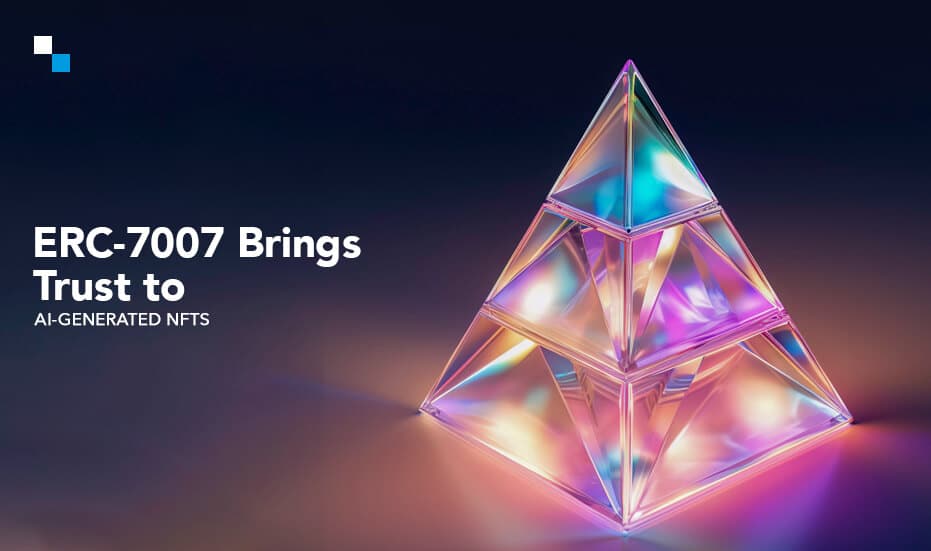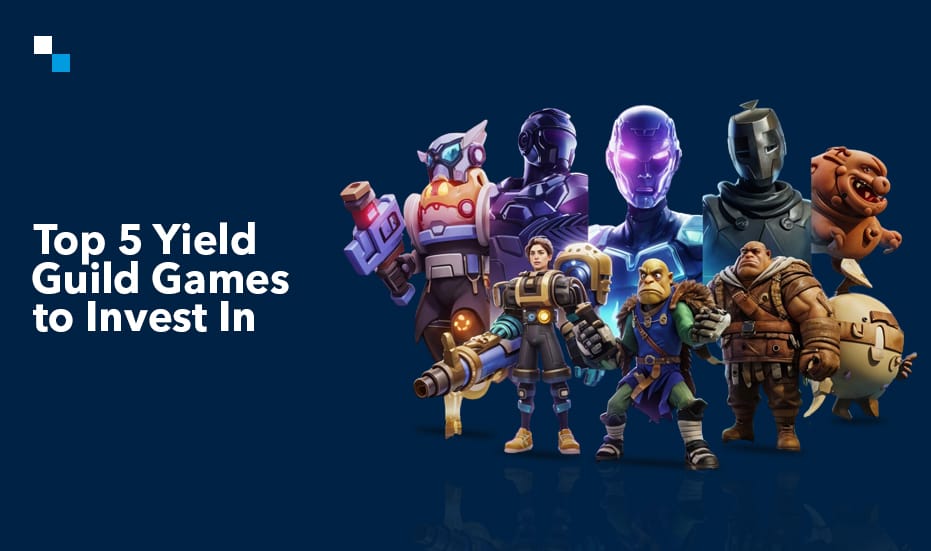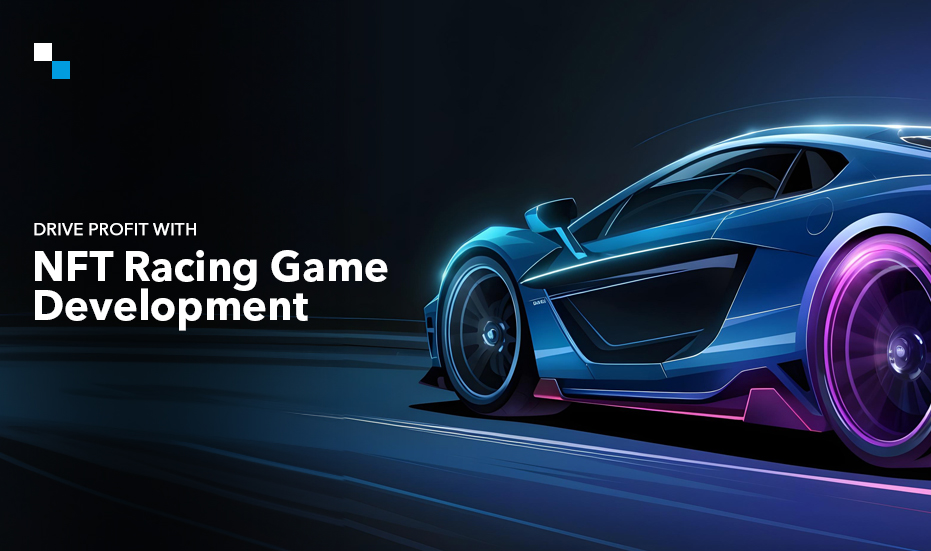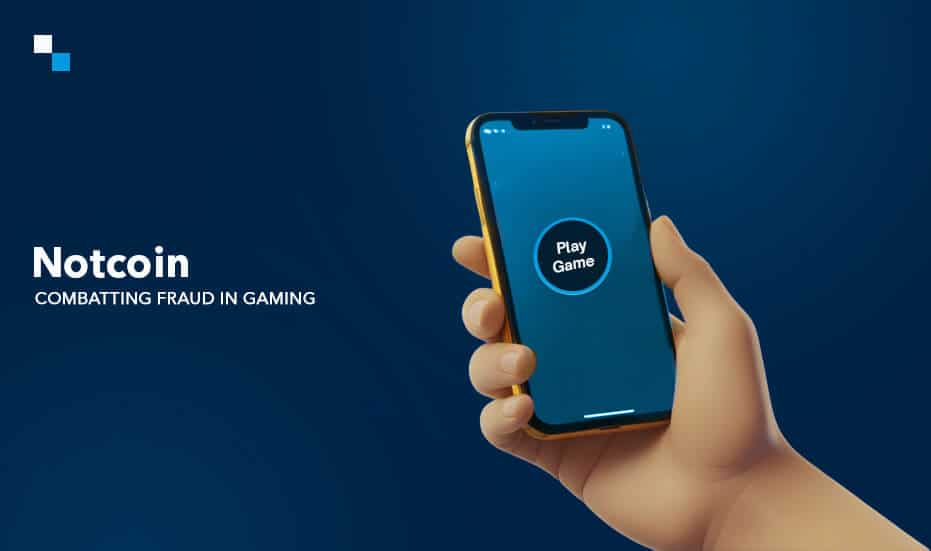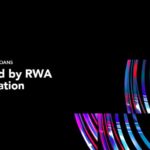
How RWA Tokenization Unlocks Decentralized Loans?
June 21, 2024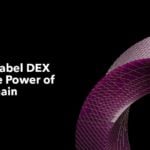
Power Up Your White Label DEX With Base Chain
June 24, 2024The Non-Fungible Token (NFT) market has surged in recent years, transforming digital assets into collectibles and ushering in a new era of digital ownership. However, this exciting growth spurt has revealed a critical challenge: a lack of standardization.
Imagine a world before the internet, where every town had its own unique email system. To communicate with someone in another town, you’d need to convert your message to their specific format, a cumbersome and error-prone process. This fragmented communication landscape mirrors the early days of NFTs, where different marketplaces operated with their proprietary protocols, leading to compatibility issues and hindering seamless interaction.
Need for NFT Standards
NFT standards emerged as the solution, acting as the unifying language of the NFT token development ecosystem. These standards define the core functionalities and technical specifications for creating, managing, and trading NFTs on the blockchain. They function as standardized building blocks, ensuring that different platforms and applications can seamlessly understand and interact with each other. This fosters interoperability, prevents market fragmentation, and simplifies the user experience for creators and collectors alike.
With the surge in NFT adoption, various standards have emerged to cater to specific use cases. Two of the most prominent standards are:
- ERC-721: Launched in 2018, this pioneering standard is specifically designed for unique, non-fungible tokens. It provides the foundation for creating and managing one-of-a-kind digital assets such as artwork, collectibles, and in-game items.
- ERC-1155: Building on the foundation of ERC-721, this standard expands functionality by allowing the creation of both non-fungible tokens (like unique game characters) and fungible tokens (like in-game currency) within a single smart contract. This versatility makes ERC-1155 ideal for games and applications with diverse token needs.
Explore other NFT standards in this article.
However, the story doesn’t end here. The NFT space is constantly evolving, and new standards are continuously being developed to address emerging needs and functionalities. In our next blog post, we’ll delve deeper into a specific standard poised to revolutionize the NFT landscape: ERC-7007.
The Rise of ERC-7007 Standard
The Non-Fungible Token (NFT) space thrives on innovation, constantly seeking standards that cater to the evolving needs of creators and collectors. Among these advancements, ERC-7007 stands out as a groundbreaking technical standard specifically designed for AI-Generated Content (AIGC) NFTs. This blog post delves into the intricate details of ERC-7007 token, exploring its core functionalities, technical advantages, and potential to revolutionize the landscape of AI-powered art ownership.
What is ERC-7007?
ERC 7007 is an extension of the widely adopted ERC-721 standard, the cornerstone for creating and managing unique tokens on the Ethereum blockchain. However, ERC-7007 goes beyond the functionalities of its predecessor, introducing critical features specifically tailored for AIGC.
Features of ERC-7007 Token Standard
1. Verification of AIGC Origin
This is the most crucial aspect of ERC-7007 token development . The standard integrates verification mechanisms utilizing zero-knowledge machine learning (zkML) or optimistic machine learning (opML) techniques. These cryptographic proofs allow creators to demonstrate that a specific AI model and prompt were demonstrably used to generate the AIGC artwork. This verification system fosters trust by ensuring the authenticity and origin of AI-generated NFTs, combating potential fraud and safeguarding collectors from acquiring plagiarized works.
2. Enhanced Minting and Management
ERC-7007 builds upon the established functionalities of ERC-721, enabling seamless minting and management of AIGC NFTs. This ensures compatibility with existing NFT marketplaces and tools, streamlining the process for creators to bring their AI-powered art to market.
3. Metadata Expansion
While ERC-721 lays the groundwork for token creation, ERC-7007 token introduces additional metadata fields specifically relevant to AIGC. This allows creators to embed valuable information within the NFT itself, such as the specific prompt used to generate the artwork and details about the AI model employed. This transparency empowers collectors with a deeper understanding of the creative process behind each AIGC NFT.
4. Interoperable Interfaces
ERC-7007 NFT standard defines a set of interfaces for core functionalities like minting, verification, and enumeration. These interfaces ensure interoperability between different platforms and applications that choose to implement the ERC-7007 standard. This fosters a more cohesive ecosystem for AIGC NFTs, allowing them to be seamlessly traded and managed across various platforms.

Advantages of ERC-7007
While the core functionalities of the ERC-7007 token revolve around verifying the authenticity of AI-generated art, the standard offers several technical advantages that extend beyond AIGC. Let’s explore these benefits in detail:
A. Improved Scalability and Performance
- Handling Large-Scale NFT Collections: Existing NFT standards, like ERC-721, can encounter performance bottlenecks when dealing with vast collections of NFTs. ERC-7007, by leveraging potential future advancements in blockchain technology, aims to address this issue. This improved scalability will be crucial as the NFT market continues to grow and the volume of minted NFTs increases.
- Reduced Gas Fees and Transaction Times: High gas fees associated with minting and trading NFTs on the Ethereum blockchain can be a significant hurdle for creators and collectors. While ERC-7007 itself doesn’t directly address gas fees, its potential compatibility with future layer-2 scaling solutions could significantly reduce transaction costs and processing times. This would improve the overall user experience and make NFT ownership more accessible.
B. Enhanced Interoperability
- Seamless Integration with Existing Blockchain Ecosystems: ERC-7007 is designed to be interoperable with existing blockchain ecosystems, particularly the Ethereum Virtual Machine (EVM). This allows for seamless integration with existing NFT marketplaces, wallets, and other blockchain-based applications. Creators can leverage existing infrastructure without needing to build from scratch, and collectors can manage their AIGC NFTs alongside other digital assets within familiar tools.
- Compatibility with Other NFT Standards: While ERC-7007 NFT standard caters specifically to AIGC, it maintains core functionalities from ERC-721. This ensures compatibility with other NFT standards built on the same foundation. This interoperability fosters a more cohesive NFT landscape where AIGC NFTs can coexist and interact with other types of digital collectibles within the same ecosystem.
C. Flexible Metadata Management
- Ability to Update and Modify NFT Metadata: Unlike previous standards, ERC-7007 introduces the potential for dynamic metadata management. This allows creators to update specific metadata fields associated with their NFTs after they are minted. While core details like ownership and origin remain immutable, this flexibility could be used to add new information or update existing data as needed.
- Implications for Dynamic NFTs and Evolving Digital Assets: The ability to update metadata opens doors for the creation of dynamic NFTs. Imagine an AIGC NFT that evolves over time based on external factors or user interaction. This flexibility paves the way for innovative new NFT use cases and paves the way for a future where digital assets can be truly dynamic and ever-changing.
Use Cases of ERC-7007
While ERC-7007 token development shines in the realm of AI-generated art, its capabilities extend far beyond. Here’s a glimpse into the diverse use cases and applications this innovative standard unlocks:
- AI-Generated Music NFTs: Verify the authenticity and ownership of music pieces composed by AI algorithms.
- Dynamic Game Assets: Create in-game items that evolve or change based on player actions, with transparently recorded ownership.
- Fractionalized AI Art Ownership: Divide ownership of valuable AIGC NFTs into smaller tradable fractions.
- AI-Powered Collectibles: Expand the world of collectibles by incorporating AI-generated elements.
- Decentralized AI Training Data: Manage and trade datasets used to train AI models securely on the blockchain.
Final Thoughts
ERC-7007 token stands as a beacon of innovation in the NFT standards race. Its focus on verifiable AIGC provenance and its embrace of future-proof functionalities like scalability and dynamic metadata position it as a powerful tool for creators and collectors alike. As the NFT landscape continues to evolve, ERC-7007 has the potential to become the cornerstone for a new generation of secure, interoperable, and dynamic digital assets.
Looking to harness the power of ERC-7007 and other cutting-edge NFT standards? Antier, with its proven expertise in NFT token standards and a CMMI-Level 5 certification for agile development, is your ideal partner. Let our expertise in ERC-7007 token development guide you through the ever-changing NFT landscape and help you craft groundbreaking NFT experiences.
